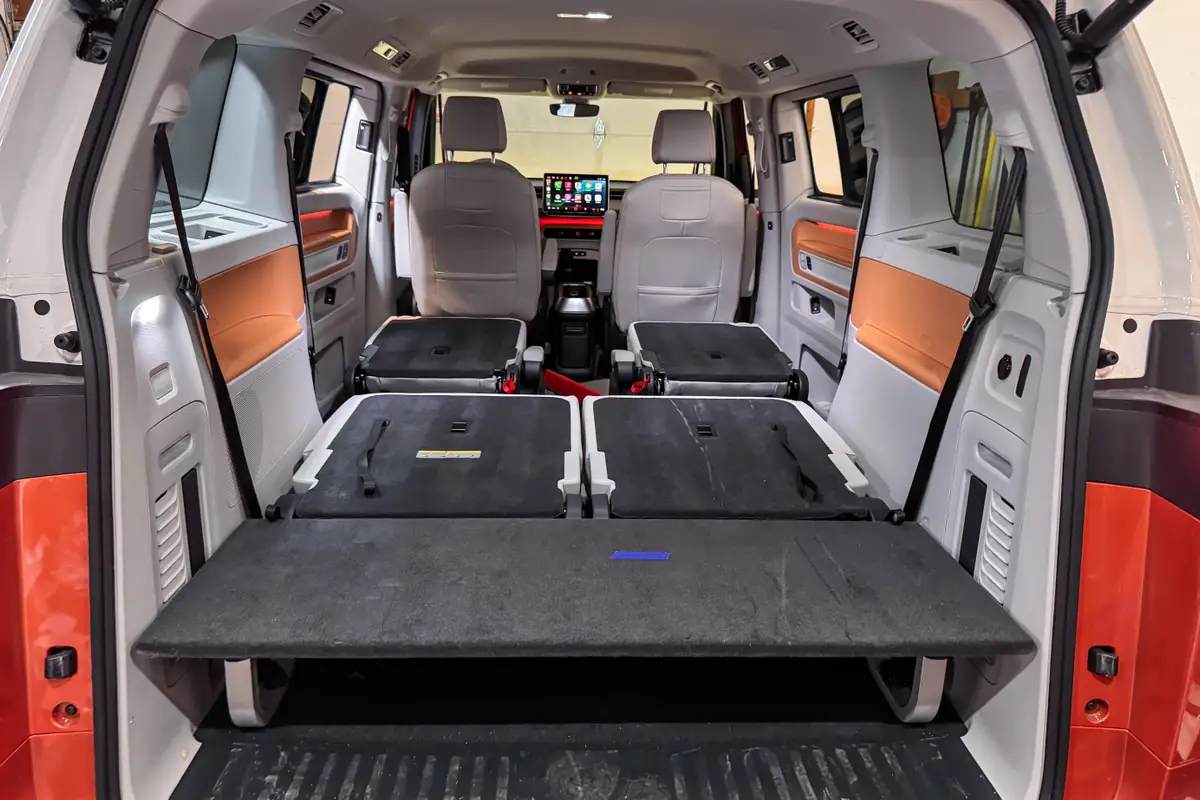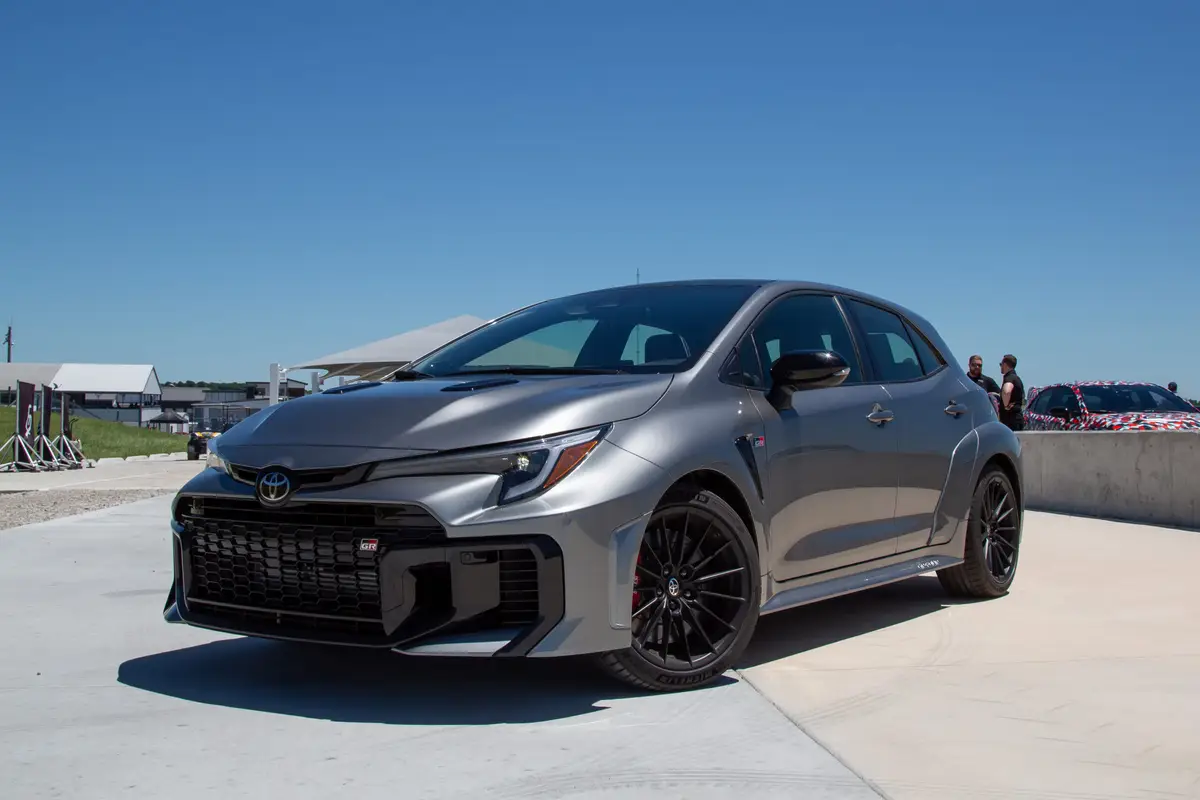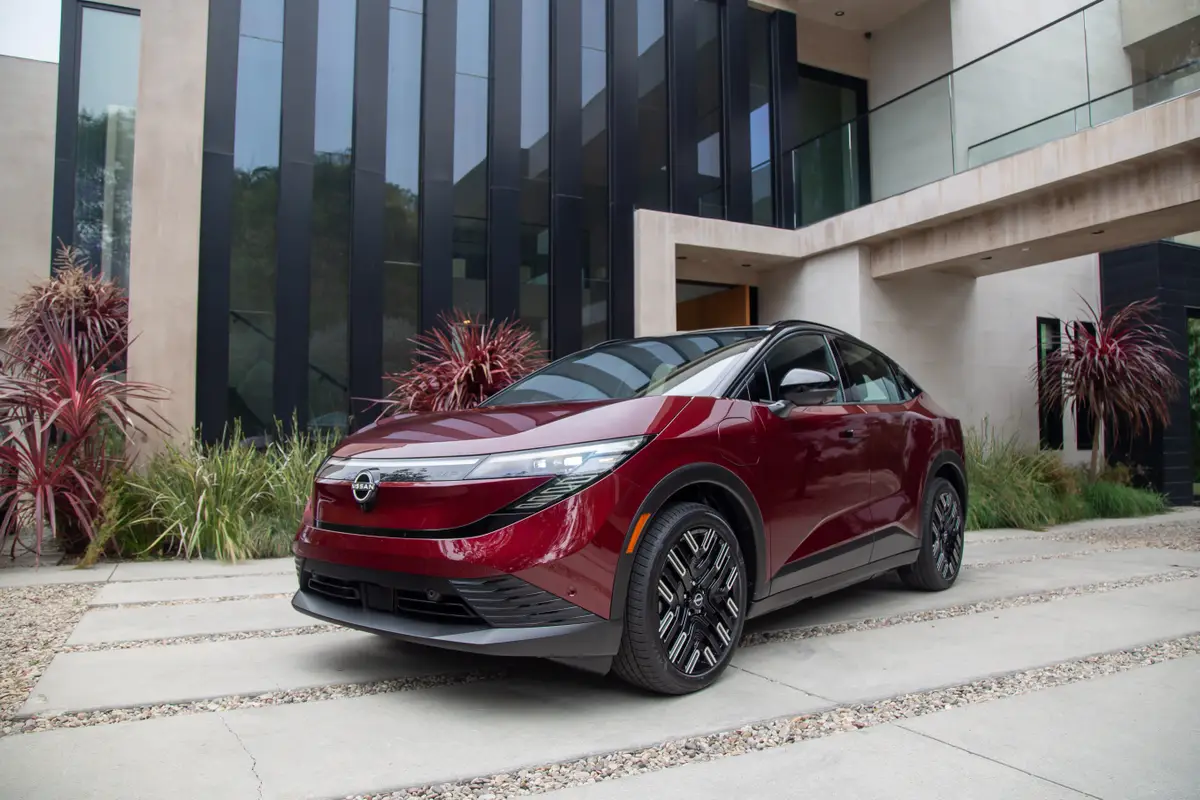First Time Buyers: Why Millennials Will Need a Car


How badly do you need that car? It’s a question some millennials are asking, and reports in recent years of waning interest from young people — and city dwellers in general — propel that narrative even as other studies attempt to debunk it. Do millennials even want cars?
Related: More #FirstTimeBuyers Stories
The short answer is yes. Estimates on the population of millennials vary, but U.S. Census figures peg the group at as much as a third of the country’s population. A few major trends thin such a large herd as they head to the dealer, however. Here’s why.
Millennials, also called Gen Y, have a lot of hurdles to cross before they can buy a car. Some in the industry have suggested that they have prioritized online socializing instead, but AutoPacific product analyst David Sullivan insists that Gen Y still wants a shiny set of wheels.
“I don’t think it has anything to do with people saying that they’re going to FaceTime their friends instead of seeing them face-to-face,” Sullivan said. “It’s more about they can’t afford to” buy a car.
The good news? Those headwinds are softening, and that leaves millennials poised to become a large chunk of car shoppers.
Financial Pains
Ed Kim, vice president of industry analysis at AutoPacific, describes a “distinct lack of younger buyers in the marketplace” in recent years, and it’s easy to see why. Millennials aren’t exactly rolling in dough. A few factors:
- Many are unemployed. Unemployment for those ages 25 to 34 is 5.9 percent, which is higher than all adults’ 5.6 percent average. That’s a trend that emerged from the recession, according to the Bureau of Labor Statistics. Before 2009, unemployment among millennials tracked with the general population.
- Many have huge debt loads. The cost of college keeps rising, and U.S. News & World Reports reported in 2013 that 7 in 10 graduating seniors averaged $28,400 apiece in student-loan debt.
- Their salaries are in the slow lane. Since the recession, career advancement and wage growth have increased at snail’s pace. In a 2014 study of U.S. Census data, Washington, D.C.-based Young Invincibles found that inflation-adjusted wages among 18- to 34-year-olds have stagnated or fallen since 2007 in four out of five major employment sectors.
- Many aren’t saving enough. More specifically, they’re not saving at all. The Wall Street Journal notes that Americans younger than 35 are saving at a rate of negative 2 percent, or burning through their savings instead of adding to them. Compare that to a savings rate of (positive) 3 percent for Americans age 35 to 44, and more for older demographics.
“The disparity between generations here is ridiculous,” Sullivan said. “Millennials here are just swamped with debt, low incomes, seeing more of them living with their parents. It’s just a different time. It’s not like, ‘Hey, I’m going to go blow all my money on my iPhone.’ It’s not about that. It’s all about [the fact that] they just cannot financially handle it.”
Cars Are a Must for Many
In some large cities, living without a car is not difficult. More than half of all households in New York didn’t own a car in 2012, according to the University of Michigan’s Transportation Research Institute. In Baltimore, Boston, Philadelphia, San Francisco and Washington, D.C., almost a third of residents didn’t have cars.
But for all the benefits of public transit, there just isn’t enough of it to pull the plug on driving in most cities. WalkScore.com scores cities by public transit viability on a 100-point scale. Cities like San Francisco and New York scored in the 80s, but the country’s 50 largest cities (Walk Score rated 33 of them) averaged just 45.3 points. And that doesn’t even include suburban or rural areas.
“New York, Chicago: these are areas where people can get by without a car,” Kim said. But apart from them, “there really aren’t that many places in the U.S. where you can realistically get by.”
Millennials Aren’t As Young As You Think
Perhaps because of that, millennials are moving toward owning more cars, not fewer. One inexorable reason is age. A significant chunk of Gen Y, born from the late 1970s to mid-1990s, is now in its 30s.
“They’re getting older, and therefore they’re in a life stage where they’re more likely to have a decent-paying job, in many cases starting to get married and have families,” Kim said. “Once you’re in the suburbs, there’s really no alternative to car ownership for most people.”
J.D. Power and Associates Executive Director Kristin Kolodge calls Gen Y a demographic that’s “at this cusp” of car shopping.
Indeed, in January 2015, 35 percent of millennials, versus just 25 percent of all adults, said they would be looking to buy a car in the next year, according to a Harris poll for Cars.com. If that were true of the entire generation, it would mean 37 million car shoppers.
The shift is on. Kolodge notes that millennials went from accounting for just 14 percent of new-car sales in 2009 to 26 percent in 2014. That makes it the second largest group of shoppers behind baby boomers. At some point, they could become the largest group of car buyers.
“They did not start off with a bang,” she said. But “they are certainly going to get there shortly.”
In the market for a “cheap” car? Find cars priced at $6,000 or less near you.
AdamRadosavljevic/iStock/Thinkstock image

Former Assistant Managing Editor-News Kelsey Mays likes quality, reliability, safety and practicality. But he also likes a fair price.
Featured stories




